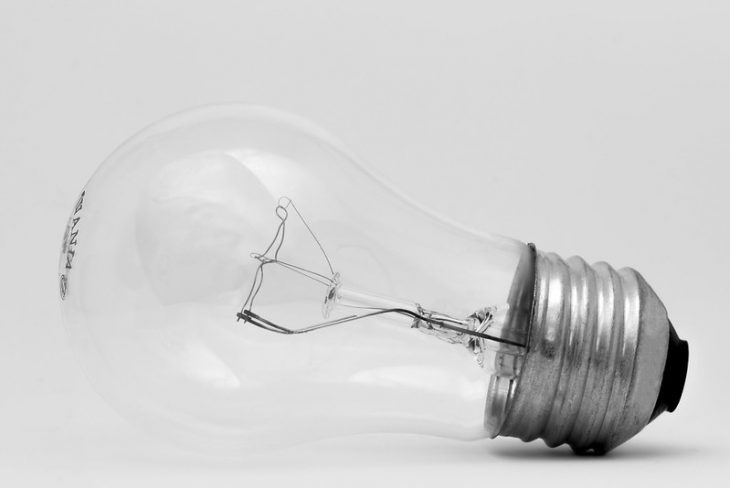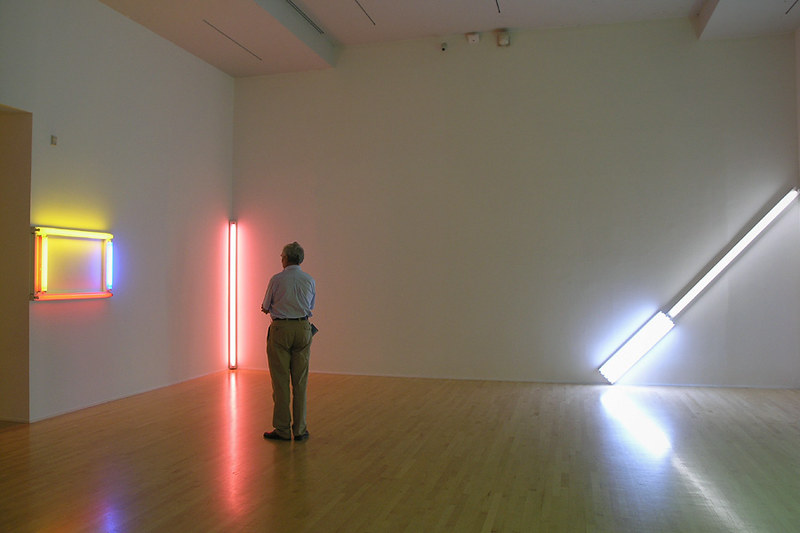
Light bulbs are an integral part of our daily lives, providing us with the illumination we need to navigate the darkness. While they may seem like a simple invention, light bulbs have a fascinating history and continue to evolve in technology and design. In this comprehensive article, we will explore some intriguing fun facts about light bulbs, shedding light on their origin, types, energy efficiency, and the impact they have on our lives. So, let’s embark on an illuminating journey and discover the captivating world of light bulbs.
The Invention of Incandescent Bulbs
The invention of the incandescent light bulb is credited to Thomas Edison, who patented it in 1879. However, it is worth noting that several inventors contributed to the development of incandescent lighting before Edison’s breakthrough.
Carbon Filament Lamps
Before the incandescent bulb, carbon filament lamps were used for illumination. These early lamps had carbonized bamboo filaments that produced a dim, flickering light.
Longevity of Incandescent Bulbs
Traditional incandescent light bulbs have a relatively short lifespan compared to other lighting technologies. They typically last around 1,000 to 2,000 hours, depending on usage.
Compact Fluorescent Lamps (CFL)
Introduced in the 1980s, CFLs were a more energy-efficient alternative to incandescent bulbs. They consume less energy and have a longer lifespan, making them a popular choice for households and businesses striving for energy conservation.
Incandescent Bulbs
Incandescent bulbs produce light by heating a filament until it glows. Despite being phased out in many countries due to their low energy efficiency, incandescent bulbs are still commonly used in specific applications.
Halogen Bulbs
Halogen bulbs are a type of incandescent bulb that uses halogen gas to increase efficiency and lifespan. They emit a bright, white light and are often used in automotive headlights and projectors.
LED Bulbs
Light-emitting diode (LED) bulbs have revolutionized the lighting industry with their energy efficiency and long lifespan. They use semiconductors to emit light and are available in various colors and designs. LED bulbs are widely used in residential, commercial, and outdoor lighting.
Fluorescent Tubes
Fluorescent tubes are commonly used in commercial settings, such as offices and retail spaces. They produce light through a chemical reaction in a phosphor coating inside the tube.

Energy-Saving Potential
According to the U.S. Department of Energy, switching from traditional incandescent bulbs to energy-efficient alternatives like LEDs can result in significant energy savings. LEDs use up to 75% less energy and can last 25 times longer than incandescent bulbs.
Environmental Benefits
LED bulbs contribute to environmental sustainability by reducing greenhouse gas emissions. Their lower energy consumption means less demand for electricity, leading to a reduced reliance on fossil fuels.
Mercury Content
Compact fluorescent lamps (CFLs) contain a small amount of mercury, which is necessary for their operation. Proper recycling and disposal of CFLs are important to prevent mercury pollution.
World’s Longest-Lasting Light Bulb
The Centennial Light is a light bulb that has been burning continuously since 1901. It is located in a fire station in Livermore, California, and has earned the title of the world’s longest-lasting light bulb.
Artistic Light Bulb Sculptures
Light bulbs have inspired artists to create unique and captivating sculptures. One notable example is the “Light of the Light” sculpture by Aleksandra Stratimirovic, consisting of thousands of suspended light bulbs.
Light Bulbs in Space
Light bulbs have even made their way into space! Incandescent light bulbs have been used on space shuttles and the International Space Station for specific applications.
The Lumen
The brightness of a light bulb is measured in lumens. Lumens indicate the total amount of light emitted by the bulb, allowing consumers to choose the appropriate brightness level for their needs.
Color Temperature
Light bulbs come in different color temperatures, measured in Kelvin (K). Lower Kelvin values, around 2700K, emit warm, cozy light, resembling traditional incandescent bulbs. Higher Kelvin values, such as 5000K, produce cool, daylight-like illumination.
Light Bulb Shapes
Light bulbs come in various shapes and sizes, each serving specific purposes. Common shapes include A-series (traditional bulb shape), globe, candle, reflector, and tube lights. Each shape is designed to optimize light distribution for specific applications.
Smart Lighting
With the advent of smart home technology, light bulbs have become even more intelligent. Smart bulbs can be controlled wirelessly through smartphone apps, allowing users to adjust brightness, color, and even schedule lighting preferences.
Light Bulb Recycling
To reduce environmental impact, recycling light bulbs is essential. Many types of bulbs, such as CFLs and LEDs, contain small amounts of mercury or other hazardous materials. Recycling ensures proper disposal and the reuse of valuable components.

Conclusion
Light bulbs have come a long way since their inception, transforming the way we illuminate our homes, workplaces, and public spaces. From the early incandescent bulbs to the energy-efficient LEDs we have today, light bulbs have evolved to provide better illumination while reducing energy consumption. Understanding the different types of light bulbs, their energy efficiency and environmental impact empowers us to make informed choices for a sustainable future.
Frequently Asked Questions (FAQs)
Are LED bulbs more expensive than traditional incandescent bulbs?
LED bulbs may have a higher upfront cost, but they are more cost-effective in the long run due to their energy efficiency and longer lifespan. Their reduced energy consumption leads to lower electricity bills.
Can I use LED bulbs in fixtures designed for incandescent bulbs?
Yes, LED bulbs are designed to be compatible with most fixtures that were originally designed for incandescent bulbs. However, it’s essential to check the packaging or consult the manufacturer’s recommendations to ensure compatibility.
Do LED bulbs emit heat?
LED bulbs produce significantly less heat compared to incandescent bulbs. They are more efficient in converting electricity into light rather than heat, making them safer and cooler to touch.
Can I dim LED bulbs?
Yes, many LED bulbs are dimmable. However, it’s important to check the packaging or product specifications to ensure compatibility with dimmer switches. Not all LED bulbs are designed to be dimmable.
Are there any health risks associated with light bulbs?
Modern light bulbs, including LEDs, do not emit harmful levels of ultraviolet (UV) radiation or other significant health risks. However, it’s always advisable to follow safety guidelines, such as avoiding direct exposure to the eyes for an extended period, especially with high-intensity bulbs.
Was this page helpful?
Our commitment to delivering trustworthy and engaging content is at the heart of what we do. Each fact on our site is contributed by real users like you, bringing a wealth of diverse insights and information. To ensure the highest standards of accuracy and reliability, our dedicated editors meticulously review each submission. This process guarantees that the facts we share are not only fascinating but also credible. Trust in our commitment to quality and authenticity as you explore and learn with us.
